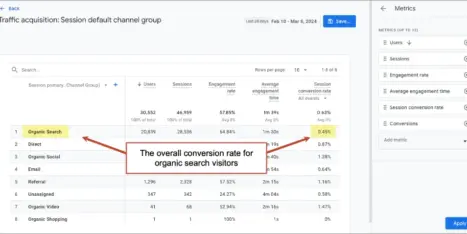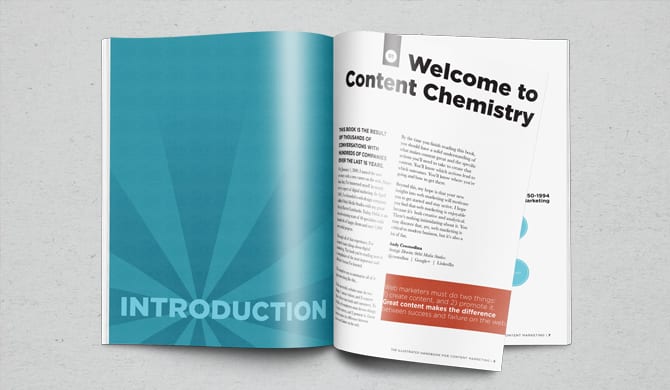There’s a simple reason that most bloggers fail. They give up. They start with big plans and high hopes, but they never budget the time to make it sustainable. They’re set up to fail before they begin.
A blog can grow an audience (and a business) without a big outlay of cash.
But it takes time.
How much time? We recently surveyed 1000 bloggers and discovered that the typical blog post takes about 2.5 hours to create. Some bloggers spend 6+ hours per post!
But who’s got that kind of time? Not you.
Just the idea of blogging makes this thought jump to mind, “I’m too busy to blog.” But what you’re really thinking sounds more like this:
I don’t have time to blog …because I’m too busy with email, writing 1000 words a day, and answering questions for my audience.
See the irony? You’re already creating content! If you’re in any kind of sales or service role, you write a lot of emails. You’re writing on important topics. You’re writing in a personal tone. These are the keys to successful blogging.
Your outbox is filled with blog posts
You just need to mine your sent mail folder. You (and other people in your small business) are blogging away on a daily basis. You just don’t think of it as blogging.
Here’s the problem: sales and customer service people don’t have that marketing circuit built into their brains. They don’t realize “wait, I’ve answered that question in four separate emails. Maybe that answer should be content on our website.”
So here are some ways to get those ideas out of the outbox and onto the blog.
-
Blind copy yourself when you answer common questions via email. Put these in a folder so you can find them quickly when you need a post.
-
Train the sales and customer service teams to copy the marketing folks when they answer common questions within email.
-
Set up a monthly meeting with front-line team members to look through sent mail and ask them what questions they’re hearing most often.
Now combine those emails, polish them up, and publish.
Never waste a good conversation by having it in private
It’s a saying among social media marketers. That great conversation you had with a customer or prospect doesn’t benefit anyone but the two of you. Unless you publish it.
The hidden cost of blogging failure
You may never notice it, but the risks of not using this trick are very high. Here’s why.
Your audience wants to find answers before they get in touch. They’re researching a buying decision right now. Studies have shown that 60% of your audiences’ buying decisions are made before they contact a sales rep.
If you haven’t published answers to their top questions, they won’t find them on your site. They’ll look elsewhere. They may find the answer on your competitors’ websites. Not good.
There’s another reason that blogs fail…
The second most common reason for blogging failure is almost as deadly. In this case, the blogger writes and writes, but doesn’t put in the time (or planning) to drive traffic.
Great bloggers create content with promotion in mind.
Every post needs a plan to get traction. This means email marketing, social media, and/or search optimization.
Here are some ways to make sure that anything you write will be read.
-
Use a template
Steal our content template and use it to force yourself to consider keywords, social sharing, and email subject lines in every post. -
Use topics that promote themselves
The best topics have promotion tactics built in. Each of these 23 questions will inspire content have an edge when it’s time to promote. -
Collaborate with influencers
Collaborating with other bloggers turns co-creators into promotion partners. Email interviews are a great way to do this. -
Guest blogging
Publishing on other websites is a natural way to make your content visible since the audience of that blog will see it. -
Send a Link, not an email
Next time someone asks, don’t reply with an email. Send them a link. Better yet, add the link to your email signature. Once they’re on your site, they’ll be a click away from all your other great content and calls-to-action. Where there’s traffic, there’s hope!
Nice Blogs Finish Last
Why do blogs fail? For the same reasons anything fails. There’s no strategy that makes them sustainable. Like anything, bloggers need a plan to get the job done long term.
Time is scarce. Resources are limited. So get serious. Commit to content and to marketing. Use your outbox to unleash a stream of content and never create a post without a plan to drive some traffic to it.




